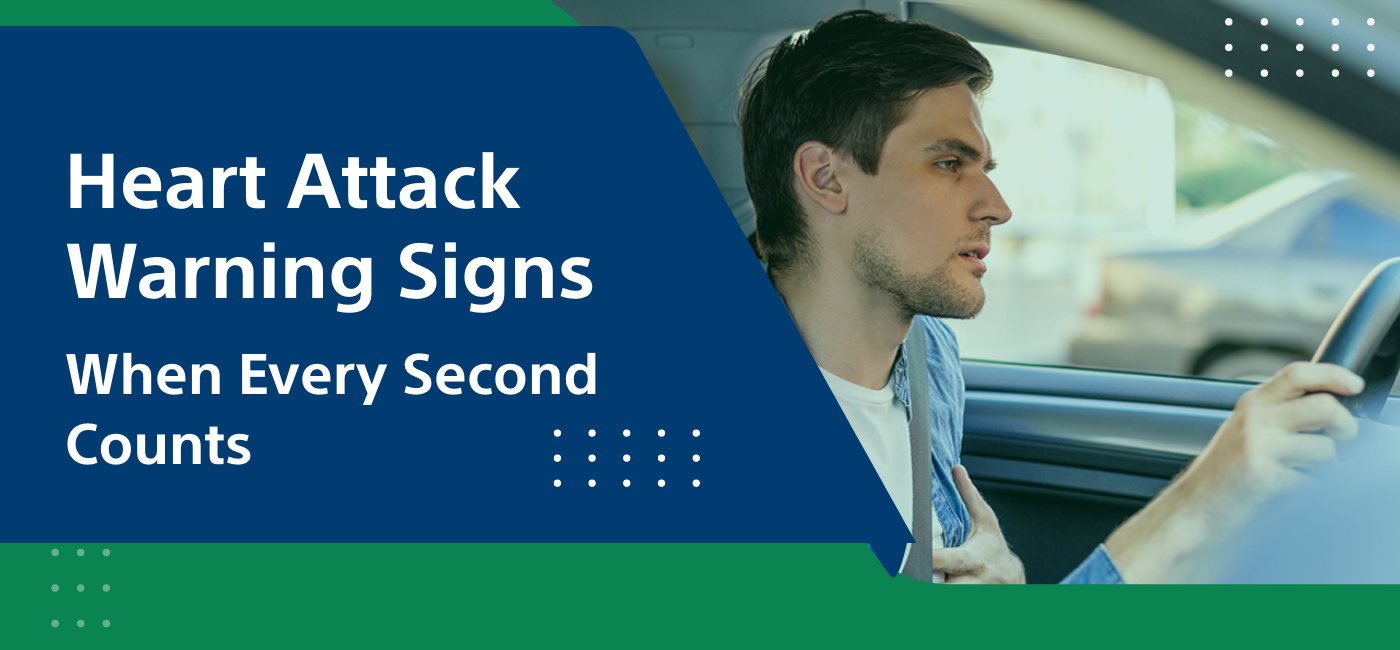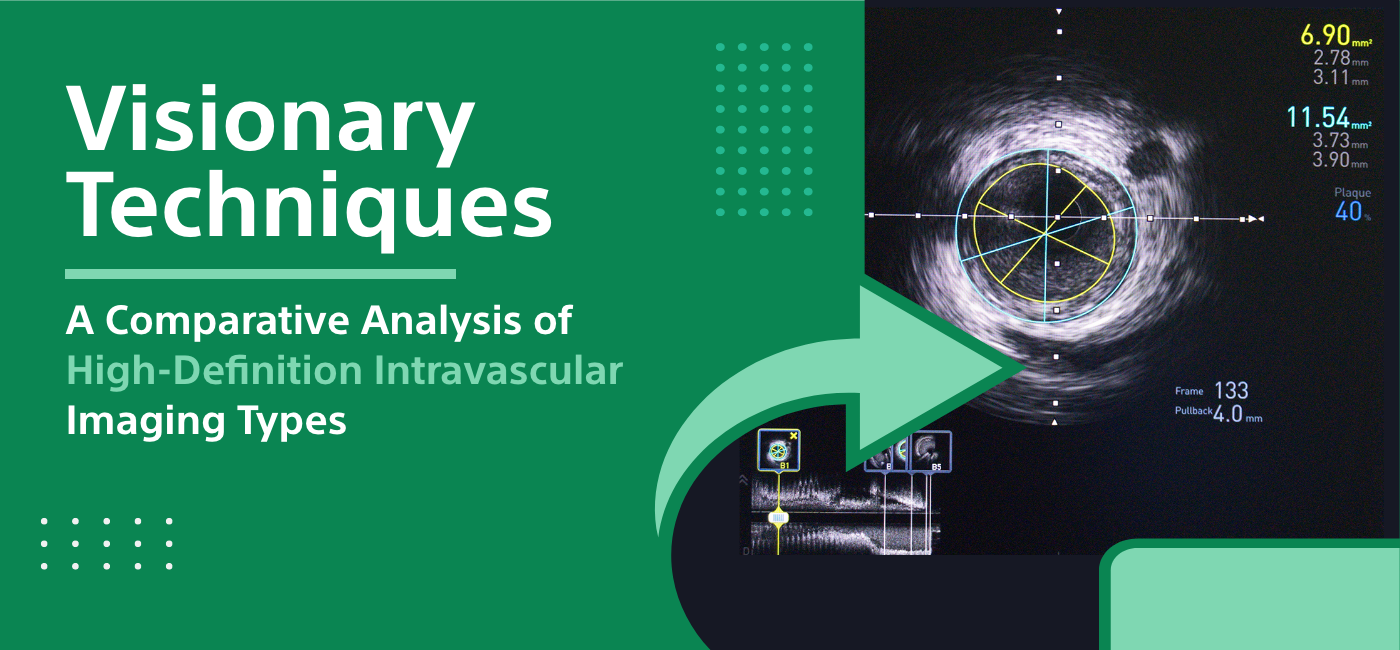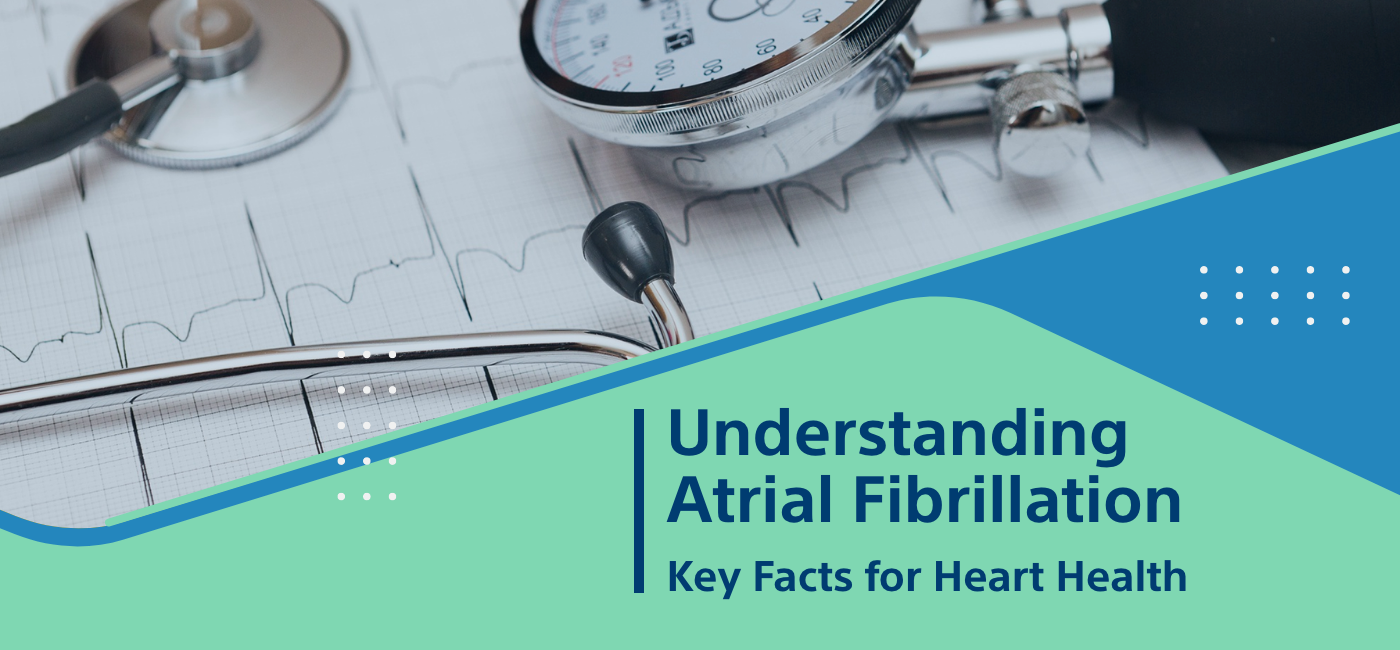Heart Attack Warning Signs: When Every Second Counts

Strong 8k brings an ultra-HD IPTV experience to your living room and your pocket.
Heart attacks are one of the most common causes of death globally and most people do not realize when they are at risk. Prompt symptom identification is important because even a single moment can make a difference between life and death, as well as the extent of heart damage that may have occurred. It is crucial to know what occurs during a heart attack and to recognize which signs should be a cause for alarm.
Understanding What Happens in a Heart Attack
Before moving on to the signs, we need to know what happens during and after a heart attack. A common condition MB occurs when the blood supply to a section of the heart muscle is restricted and this commonly happens when it is blocked by a blood clot. This blockage prevents blood flow to the heart and thereby inevitably leads to a heart muscular injury. Blood may not efficiently be pumped through the heart walls, and if the situation persists, it would be permanently ruined as much as life can be lost.
Research shows that the main reason for heart attack is CAD, which is a condition whereby arteries narrow due to plaque formation and reduced blood circulation. But it is often difficult to know when one might be hit by a heart attack. The essence is in identifying signs of a heart attack and acting fast.
Common Symptoms of Heart Attack to Watch For
Many people find it difficult to know the signs they are experiencing a heart attack, here are some symptoms which should guide you. The signs of a heart attack might occur suddenly or be gradual and thus identifying them may not be easy. However, identifying the basic symptoms of heart attack is crucial to avoid wasting time in seeking medical help.
1. Chest Pain or Discomfort
The most frequent sign of a heart attack is chest discomfort or pain, though the experience varies for most patients. For some people, it may be a heavy weight on the chest, for others – a burning or a pain like in a heart. It can often occur in the middle of the chest and may last for several minutes or can be intermittent. If you have any pains or aches that are not normal heartburn or stomach issues, it could be one of the signs of a heart attack.
2. Shortness of Breath
Breathlessness is also among the symptoms of a potential heart attack. It can either be reported in combination with chest pain or in isolation. If you develop a feeling of not being able to breathe normally or breathing hard with no exertion, you need to worry. This symptom may be manifest when a person is physically active or may even be present when a person is in a state of rest.
3. Pain in Other Areas of the Body
The most common symptom is chest pain as it can also be a sharp or relocated to other areas of the body. Some of the regions that pain may spread to are the shoulders, arms, back, neck, jaw, or stomach. This pain is usually close to the chest pain and that is why any discomfort felt in these areas should be of concern. Housing is one more sign that is included in the list of the symptoms of heart attack that people often leave unattended, it may cause an impression of some other diseases, specifically, pain in the upper back or jaw.
4. Light-headedness, Nausea, and Sweating
We all think that heart attack symptoms come in the form of pain, but some do not. Nausea, vomiting, dizziness, or light-headedness are some of the symptoms associated with COVID-19 if accompanied by other signs. Some of the symptoms are nausea and this can be mistaken for stomach problems. Further, any signs of cold sweats that is any kind of sweating maybe excessive or without exertion is a sign one should never overlook. It is very important to learn about these other signs that suggest a heart attack.
Who is at Higher Risk for Heart Attack?
Heart attacks are unpredictable but are likely to happen to individuals with specific risk factors associated with their lifestyle and medical history. The major predisposing factors are age, gender, family history, and other diseases, including, hypertension, hyperlipidemia, diabetes mellitus, and obesity.
Prevention is also difficult for patients with certain chronic diseases, such as patients who smoke, have a sedentary lifestyle, and consume a poor diet. Boys get heart attacks at a younger age than girls but girls are more likely to display symptoms that are vague and difficult to identify.
These risk factors should be known and eliminated or reduced to the barest minimum through changes in one’s ways of living and constant check-ups on health. In the case, of you being in the higher risk category, checking for the signs of a heart attack becomes part of your overall healthcare regimen.
What Happens in a Heart Attack: Men vs. Women
Although certain symptoms are typical for both genders in the course of a heart attack, there are significant differences in how these signs manifest. Boys or men are likely to reveal classic signs including chest pains, pain in the arm, and difficulty in breathing.
Still, women only expose more minor symptoms and their symptoms are not always clearly understandable. It also affects females more, and the symptoms include vomiting and light-headedness, excessive tiredness, and, unlike in cases of heart attacks, no chest pain. Because many of these changes are more indirect, women may not go to the doctor as soon as they should, which leads to a worse prognosis.
What to Do When You Suspect a Heart Attack
When either the individual or another person in the car develops the symptoms of a heart attack the most crucial of all advices is that time is critical. One must act quickly if the effects are to be lessened and further damage done to the heart muscles minimized.
1. Call for Help: If you or the person with you is experiencing signs of a heart attack, don’t wait. Dial an emergency response service if possible. Do not attempt to come directly to the hospital because any attempt will only worsen the situation.
2. Chew Aspirin: If the person is conscious, and does not have any problem with aspirin, he should chew one aspirin. Aspirin assists in making the blood less thick hence preventing the clot from enlarging and thus more persons may survive. However, aspirin should only be given if the person is not allergic to the drug or it has not caused some objectionable effects in the past.
3. Stay Calm: It is essential to keep as quiet as possible when you are waiting for the arrival of medical personnel, try not to panic. The condition may be aggravated through increased heart rate and blood pressure which often comes with anxiety. As a first step, You should recommend that the affected individual should relax and avoid any form of Exercise.
Prevention is Key: How to Reduce Your Risk
It is useful to know what symptoms are associated with a heart attack but even more desirable is to act so that a heart attack does not occur at all. There are many ways through which the incidences of heart diseases and heart attacks can be reduced a little.
1. Eat a Heart-Healthy Diet: Foods such as fruits, vegetables, whole grain products, lean meats, and fish that are prepared without excessive quantities of saturated fats and trans fats; can keep the cholesterol and blood pressure on the right track. It is recommended to minimize salt, sugar, and saturated fat intake to prevent heart diseases.
2. Exercise Regularly: Regular exercise allows heart muscle to remain fit and can reduce both cholesterol and blood pressure. Try to include at least half an hour of moderate-intensity training in almost all the days of the week.
3. Quit Smoking and Limit Alcohol: Another element involves giving up cigarette smoking and moderating alcohol intake. Smoking is considered a causative factor for heart disease since it affects blood vessels and raises the chances of clot formation. Abstaining from alcohol and smoking can greatly decrease the hazard of a heart attack.
4. Manage Stress: Over time, stress can lead to increased blood pressure and heart rate which are potential causes of heart diseases. Icing, massaging, reducing stress by taking up some activities such as practicing meditation, doing yoga, deep breathing exercises will help in caring for the cardiac issues.
The Role of Early Intervention in Reducing Heart Attack Damage
Prevention is always better than cure, especially when it comes to a heart attack as the longer it takes to receive treatment, the more the heart is damaged. In essence, it becomes possible to restore the blood flow quickly to the specific area and therefore reduce the associated damage to the heart muscle. Some of the interventions that can assist in restoring blood flow include the use of thrombolytic therapy, angioplasty, and coronary artery bypass surgery. In other words, early administration of medical care has a higher probability of yielding positive results.
Conclusion:
Heart attacks occur without a clear sign and are relatively frequent, but identifying signs of a heart attack may be helpful in emergencies. Headache, chest pain, shortness of breath, pain in other parts of the body, nausea, and feeling lightheaded are some of the symptoms that should not be taken lightly.
It is very important to know what occurs during a heart attack, no matter how young you are, and to be able to identify the signs of the occurrence at an early stage. Specialist attention within the first hour is vital as it minimizes cardio problems and enhances patient outcomes. Do not delay—call emergency if any person you know has a symptom of a heart attack, you should call emergency immediately.
Note: IndiBlogHub features both user-submitted and editorial content. We do not verify third-party contributions. Read our Disclaimer and Privacy Policyfor details.





